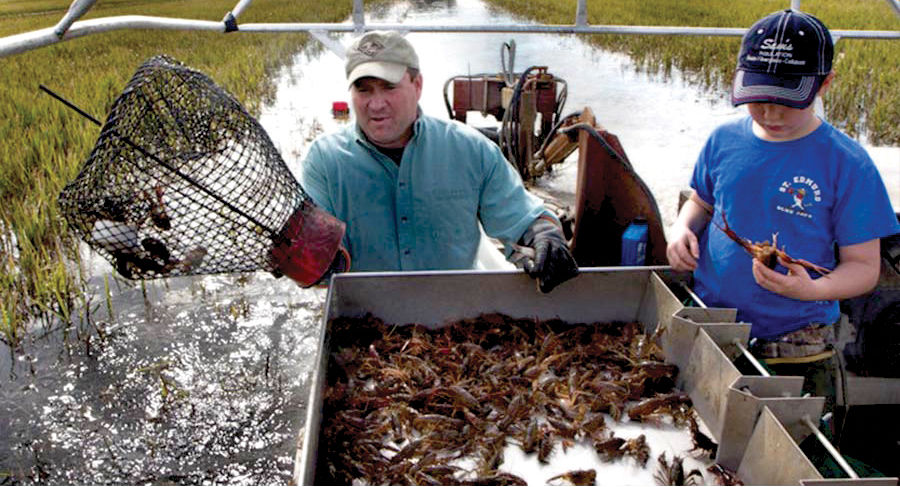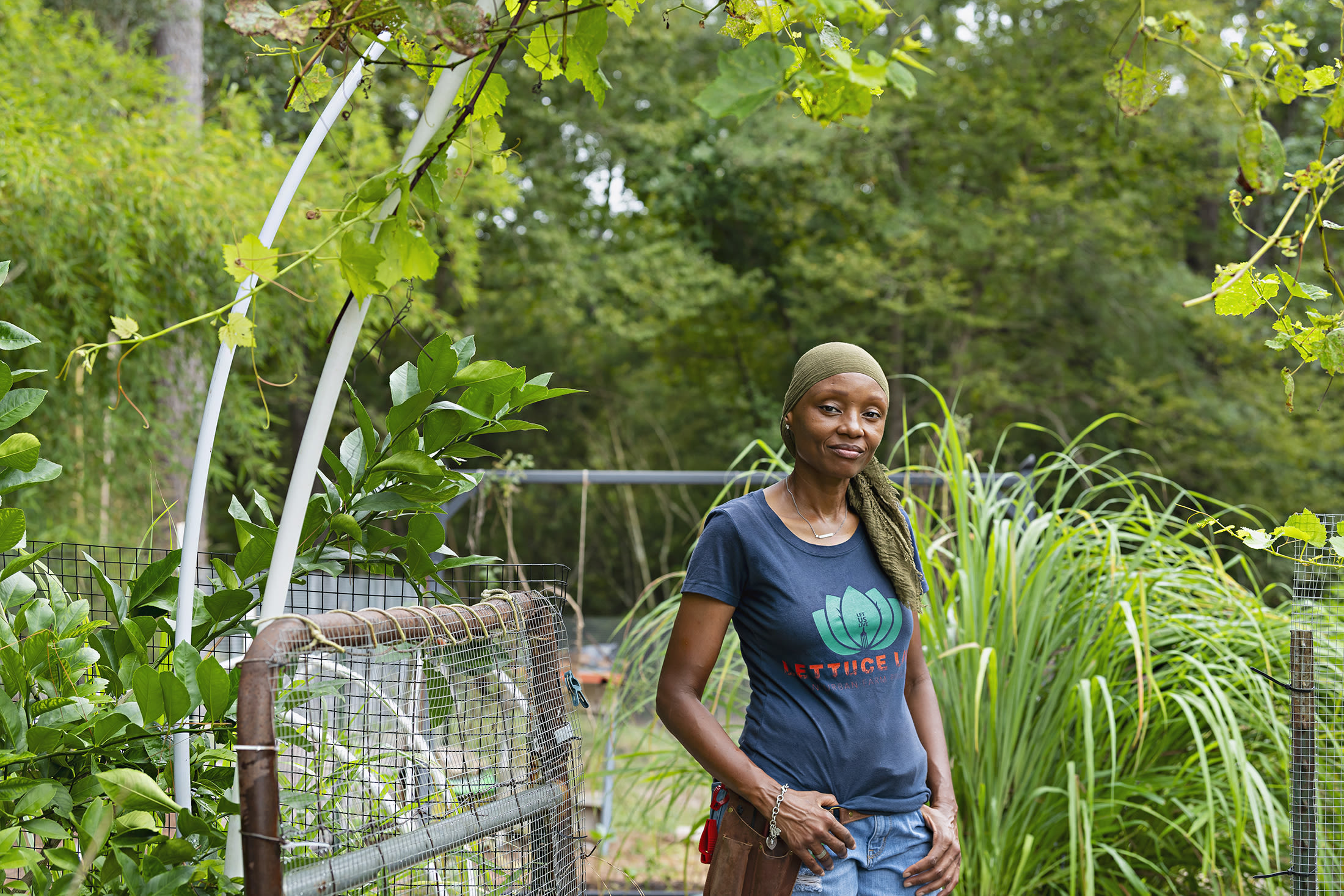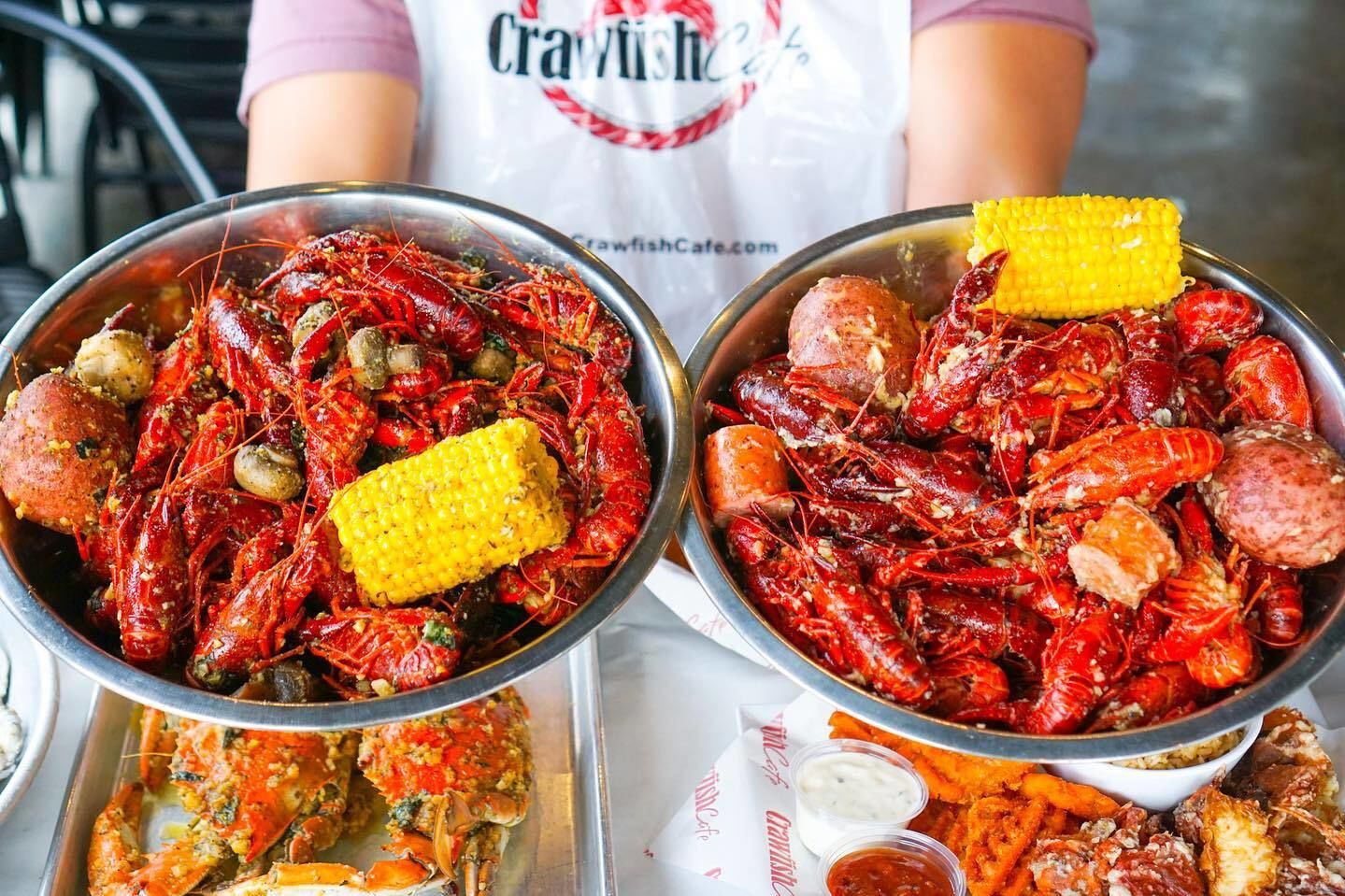Where Should Your Crawfish Be Sourced?

Farming crawdads in Louisiana
When Jim Gossen, chairman of Houston-based Sysco Louisiana Foods, began his career in the seafood business 40 years ago, his wares were local by default. “Airlines were not flying stuff in in those days,” he recalls. In fact, when Norwegian salmon first became available to him in the late '70s, “there was no market for it,” he says. “Now it’s one of my biggest selling fish.”
Still, when it comes to crawfish, the Louisiana native says there are many reasons to stick with the regional variety. The most glaring: Frozen crawfish is already cooked before it’s packaged. Mudbugs imported from China, Indonesia and elsewhere are inspected before they can be sold in the U.S., so it’s not that they’re unhealthy, Gossen says, but that their applications are limited. “You don’t want to cook them, per se. You really just want to get them hot in a gumbo or bisque or étouffé.”
So yes, when it comes to buying live crawfish for a boil, they should be local, or comparatively local: Your choices are wild-caught or farmed, from Louisiana or East Texas. And of those options, Gossen’s recommendation might surprise you: He prefers farmed crawfish to the wild-caught shellfish of Louisiana’s Atchafalaya Basin. Why? Crawfish farms aren’t just crawfish farms. The animals are “planted” on rice farms, and in a clever take on crop rotation, the crawfish feed on the remains of rice paddies from the previous season. The result is far sweeter than wild crawdads that feast on algae, plankton and insects.
Should you need a final reason to buy local, Gossen says the onetime issue of cost is also no longer a reason to surrender to pre-cooked, imported seafood: With the addition of tariffs, Asian crawfish are likely only a dollar or two less per-pound than Texas-born ’bugs.




